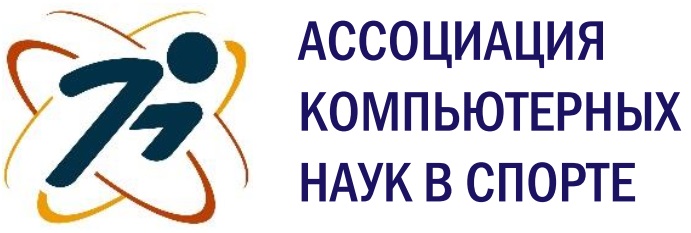Moscow Center of Advanced Sports Technologies (Sports Psychology Department, physiologist)
Moscow, Russian Federation
VAK Russia 5.3.3
VAK Russia 1.2.1
VAK Russia 5.8.4
VAK Russia 3.1.33
UDC 159.91
UDC 159.93
UDC 004.93'14
UDC 355.233.22
UDC 796.012
CSCSTI 77.00
CSCSTI 20.00
Russian Classification of Professions by Education 02.00.00
Russian Classification of Professions by Education 06.00.00
Russian Classification of Professions by Education 09.00.00
Russian Classification of Professions by Education 32.00.00
Russian Classification of Professions by Education 44.00.00
Russian Library and Bibliographic Classification 28
Russian Library and Bibliographic Classification 73
Russian Library and Bibliographic Classification 75
Russian Trade and Bibliographic Classification 5
BISAC COM014000 Computer Science
BISAC COM018000 Data Processing
BISAC BIO016000 Sports
BISAC PSY012000 Education & Training
The study aimed to identify the most sensitive autonomic indicators reflecting the level of complexity of the sensorimotor task performed by athletes using various machine learning methods (classification algorithms). As tasks of two levels of difficulty, we used the audio-motor synchronization task: to tap in synchrony with a metronome rhythmic sound (a simple task) and to tap the same rhythm without auditory cues (rhythm memory task, a complex task). Heart rate, respiratory parameters, skin conduction, and EEG were recorded. The most accurate classification was demonstrated by the Classification and Regression Trees (C&RT) model – the error was 18.3%.
task complexity, classifiers, athletes, autonomic indicators, machine learning
1. Charles R.L., Nixon J. Measuring mental workload using physiological measures: A systematic review. Applied Ergonomics, 2019, 74, pp. 221-232. DOI: https://doi.org/10.1016/j.apergo.2018.08.028
2. Zhang J., Yin Z., Cheng P., Nichele S. Emotion recognition using multi-modal data and machine learning techniques: A tutorial and review. Information Fusion, 2020, 59 (1), pp. 103-126. DOI: https://doi.org/10.1016/j.inffus.2020.01.011
3. Tarvainen M.P., Niskanen J.-P., Lipponen J.A., Ranta-Aho P.O., Karjalainen P.A. Kubios HRV-heart rate variability analysis software. Computer Methods and Programs in Biomedicine, 2014, 113 (1), pp. 210-220. DOI: https://doi.org/10.1016/j.cmp















